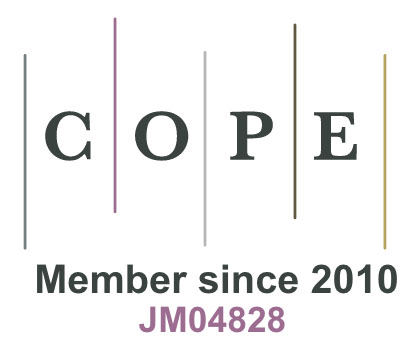Understanding Developmental Outcomes for Children Born Preterm
The current ANS featured article is titled “Differential Susceptibility: An Explanation for Variability in Life Course Health and Developmental Outcomes” authored by Michelle M. Kelly, PhD, CRNP, CNE, FAANP and Mary C. Sullivan, PhD, RN, FAAN. While this article is featured you can download the PDF file at no cost! Dr. Kelly shared this background about their work for ANS readers:
One of the greatest mysteries in pediatric healthcare today is the ability to understand and predict the children born preterm who will and who will not, do well. Every neonatal intensive care unit (NICU) clinician can share a story about the infant born at 24 weeks who is celebrating their college admission or returning to work in the NICU as a nurse. And every clinician will lament the seemingly healthy preterm infant who experienced multiple setbacks, grows up with developmental disability, or significant ongoing respiratory compromise. We have learned that while gestational age and birth weight offers clues to outcome risk, alone these objective parameters fall short.
Clinicians and researchers have attempted to understand the complex interaction of biology, environment, social context, and development. Experts in theories of resilience1, adaptation2, development3 and even epigenetics4, provide important components, but individually each area of focus is insufficient to use for consistent prediction of outcomes.
Differential susceptibility posits that some individuals, with specific characteristics, are more, or less susceptible than others, to both adverse and beneficial environmental influences5.6. This susceptibility fosters receptivity to environmental context, resulting in better or worse outcomes. Research is ongoing to determine which specific characteristics lead to an increased susceptibility.
Differential susceptibility has the potential to provide a framework for understanding the variation in life course and developmental outcomes experienced by people born preterm. The current manuscript describes differential susceptibility and explores the related preterm birth outcome literature. This includes exploration of prematurity as the specific characteristic which may lead to increased receptivity to environmental context. It is our hope that our in depth exploration of differential susceptibility will make the theory more accessible to nurse researchers and those interested in maximizing the potential of the 15 million infants born preterm worldwide each year7.
References
- Masten AS, Barnes AJ. Resilience in children: Developmental perspectives. Children 2018;5:1-16. doi:10.3390/children5070098
- Bronfenbrenner U, Evans GW. Developmental science in the 21st century: Emerging theoretical models, research designs and empirical findings. Soc Dev. 2000; 9:115-125.
- Sameroff, A. A unified theory of development: A dialectic integration of nature and nurture. Child Develop. 2010;81:6-22.
- Rubin LP. Maternal and pediatric health and disease: Integrating biopsychosocial models and epigenetics. Pediatric Research. 2016;79 (1):127-135.
- Belsky J, Bakermans-Kranenburg MJ, van IJzendoorn MH. For better and for worse: Differential susceptibility to environmental influences. Curr Dir Psychol Sci. 2007;1;16(6):300-304.
- Belsky J, Pluess M. Beyond diathesis stress: Differential susceptibility to environmental influences. Psychol Bull. 2009;135(6);885-908. doi:10.1037/a0017376
- Chawanpaiboon, S., Vogel, J.P., Moller, A-B, Lumbigamom, P., et al. Global, regional, and national estimates of levels of preterm birth in 2014: a systematic review and modelling analysis. Lancet. 2018;7:E37-E46. doi:10.1016/S2214-109X(18)30451-0.





